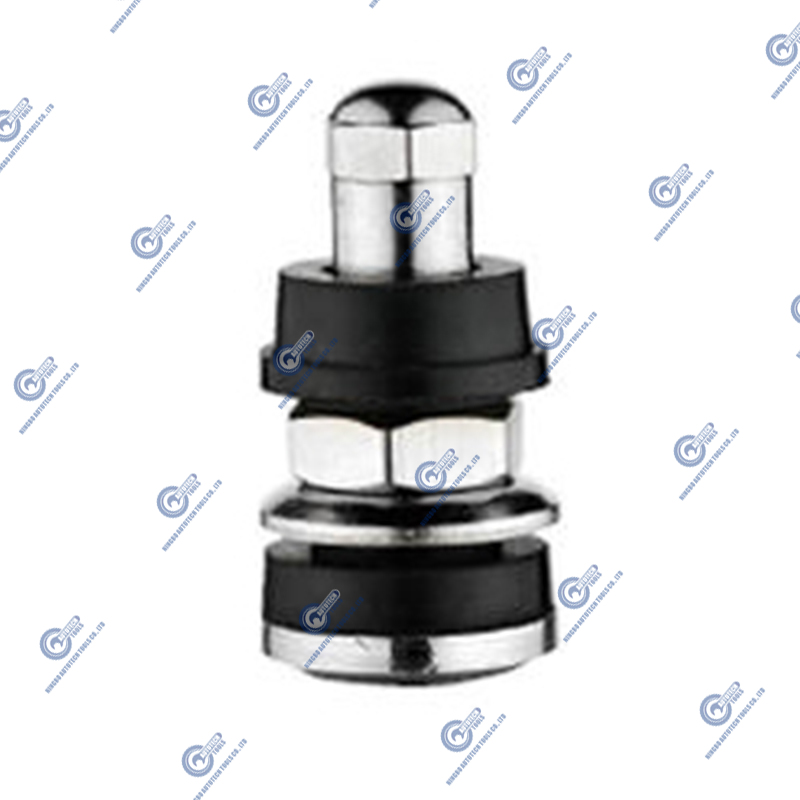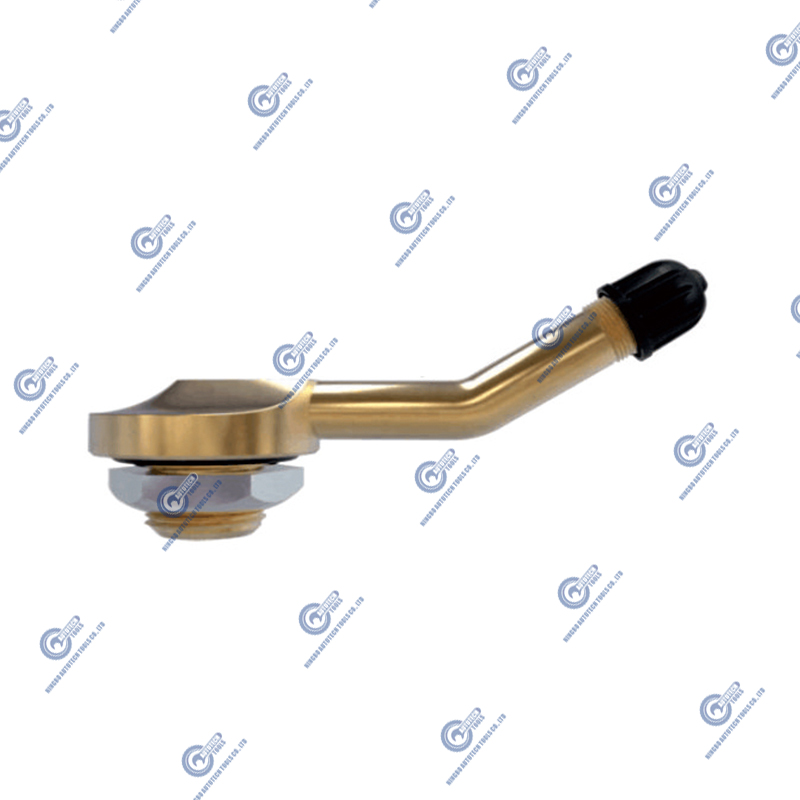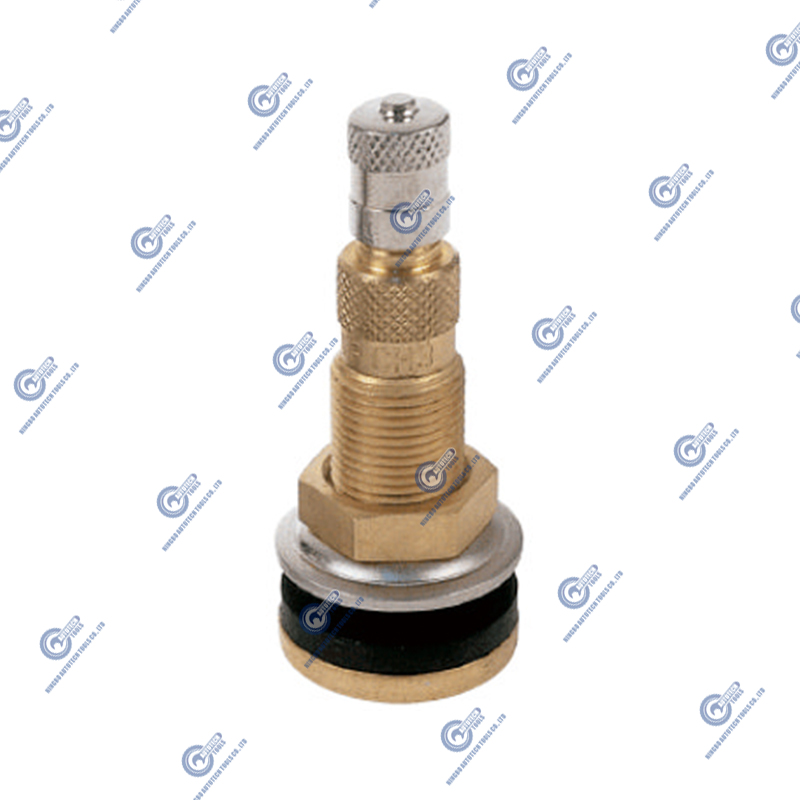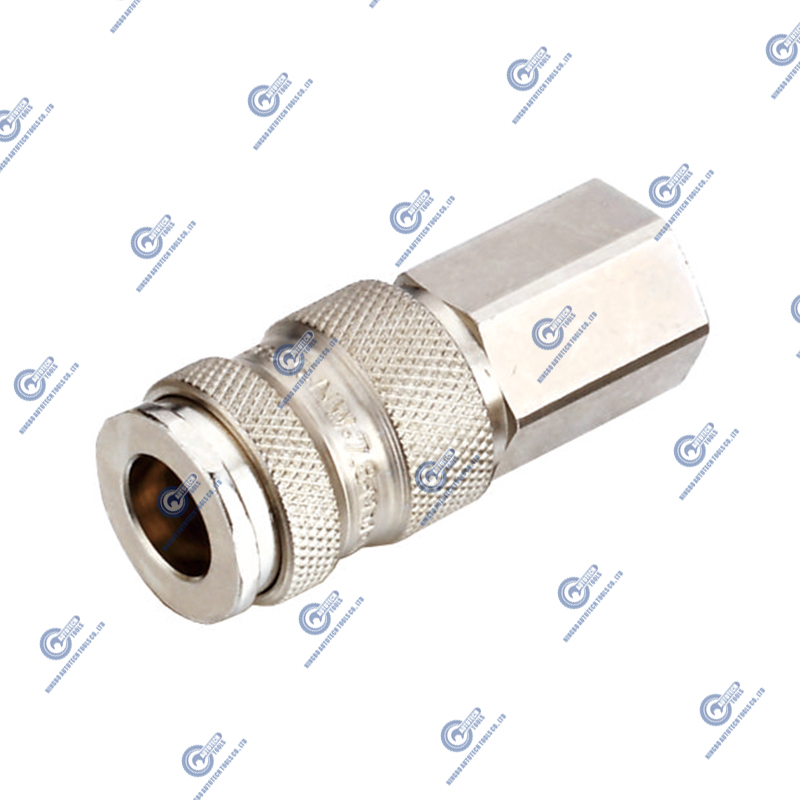How do COMMERCIAL VEHICLE VALVES work?
 2024.07.19
2024.07.19
 Industry news
Industry news
In the huge mechanical system of commercial vehicles, valves (Valves) are key components for controlling fluid flow. The complexity and precision of their working principles are crucial to ensuring the efficient operation of vehicles. From the heart of the engine to the key nodes of the braking system, valves are everywhere, regulating the in and out of gas, the circulation of liquids, and the balance of pressure in their own unique ways.
1. Engine valves
The engine is the power source of commercial vehicles, and the intake and exhaust valves are the key to controlling the rhythm of this power source. When the engine is running, the camshaft drives the valve stem up and down through a series of precise mechanical devices to control the opening and closing of the valve.
Intake valve: When the piston moves downward, the intake valve opens to allow air to enter the cylinder through the intake duct. This process is a key step for the engine to inhale fresh air and prepare for combustion. The opening and closing timing of the intake valve is precisely controlled by the profile of the camshaft to ensure optimal intake efficiency.
Exhaust valve: When the piston moves upward, compresses and ignites the mixture, the exhaust valve opens, allowing the exhaust gas produced by the combustion to be discharged from the cylinder through the exhaust duct. The timely opening of the exhaust valve is essential for clearing the residual exhaust gas in the cylinder and preparing space for the next combustion.
2. Fuel system valves
Fuel system valves, especially fuel injection valves, are the key to achieving efficient combustion and low emissions in modern engines. These valves can accurately control the amount and timing of fuel injection according to the real-time working conditions of the engine and computer control signals.
Working principle: The fuel injection valve contains a precision electromagnetic coil and a needle valve. When the electromagnetic coil is energized, the magnetic force generated pushes the needle valve up, thereby opening the injection hole and allowing the high-pressure fuel to be sprayed into the cylinder in the form of mist. The injection amount, injection pressure and injection time are all accurately calculated and adjusted by the computer control unit (ECU) to achieve the best combustion effect and emission performance.
3. Cooling system valves
The cooling system valves are responsible for regulating the flow of engine coolant to ensure that the engine operates within a suitable temperature range. These valves automatically adjust their opening state by sensing the temperature and pressure changes of the coolant to maintain the balance of the system.
Working principle: Taking the cooling system control valve as an example, when the coolant temperature is too high, the thermistor in the valve will expand due to heat, pushing the valve core to move, thereby opening the coolant channel, increasing the flow of coolant, and reducing the engine temperature. When the coolant temperature drops, the thermistor shrinks, the valve core resets, reducing the flow of coolant, and preventing the engine from overcooling.
4. Pneumatic brake system valves
Pneumatic brake system valves play a vital role in the braking system of commercial vehicles. They realize the braking and parking functions of the vehicle by controlling the flow of compressed air.
Working principle: Taking the brake valve as an example, when the driver steps on the brake pedal, the piston in the brake valve moves under pressure, opens the channel connected to the brake air chamber, allows compressed air to enter the brake air chamber, pushes the brake shoe or brake disc to contact the wheel, and generates braking force. The brake valve also transmits the brake signal to the brake air chamber of other wheels through a series of complex mechanical and pneumatic devices to achieve synchronous braking of the entire vehicle.















